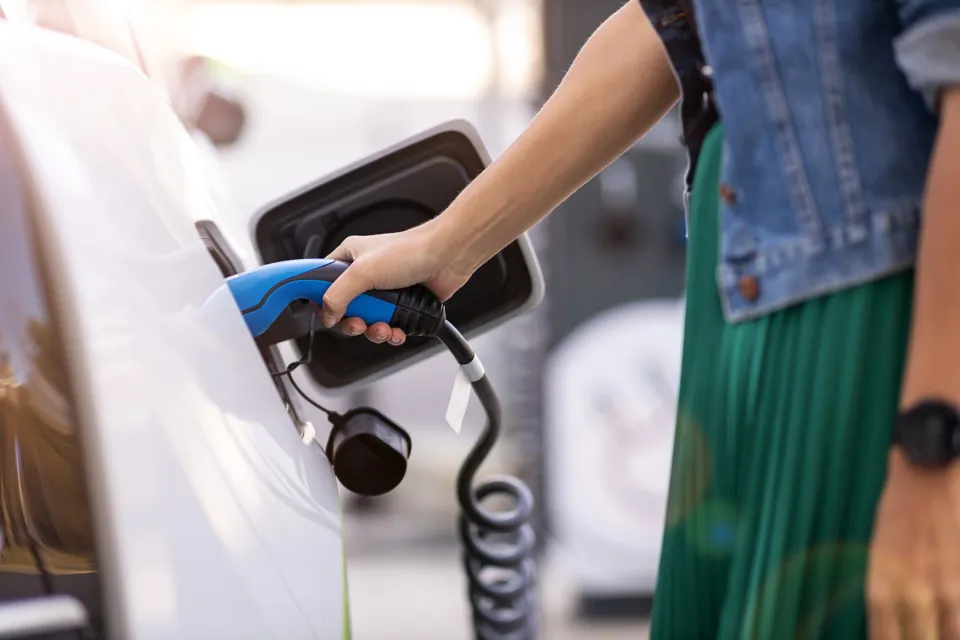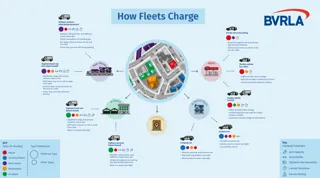New figures show the growing disparity between the relative success of electric vehicle (EV) charging device grant schemes.
The Department for Transport (DfT) statistics show there are more 250,000 home charging devices, but just 2,038 devices installed through the on-street residential charging scheme.
As of January 1, the Office for Zero Emission Vehicles (OZEV) funded grant schemes – the Electric Vehicle Homecharge Scheme (EVHS) and its predecessor the Domestic Recharging Scheme (DRS) – had delivered 277,030 domestic charging devices since 2013, with 88,624 device installations funded since January 1, 2021, an increase of almost 60%.
Meanwhile, the Workplace Charging Scheme (WCS) had funded the installation of 22,977 sockets in workplace carparks at the start of the year since the scheme started in 2016.
It had funded 9,648 sockets installations since January 1, 2021, an increase of 72%.
However, as of January 1, the On-Street Residential Charge Point Scheme (ORCS) had funded just 2,038 public charging devices for local authorities in the UK.
The DfT says that 435 on-street charging devices were installed after being claimed for by the local authorities in the previous three months, while funding has also been awarded for 4,539 additional ORCS charging devices to be installed in the future.
Jack Cousens, head of roads policy for the AA, said: “On-street residential charge points are key for the 40% of households without dedicated off-street parking and we need to see significant investment in this area.
“As a previous AA investigation showed, many councils don’t have plans to install on-street chargers and some that have been granted funds have used it to install in town centre car parks.”
The AA found that just one in six English councils had installed on-street charge points in residential areas in 2020.
Cousens continued: “There is also a danger that policy-makers think on-street charging is only an urban issue, but there are many rural communities that need on-street charging infrastructure.”
The AA is also urging the Treasury to cut VAT to 5% for on-street charging, mirroring domestic charging rates to avoid the creation of a two-tier system.
“We also believe that the scaling back of the home charging grant from 1 April sends the wrong message at a time when EV sales are booming.
“With the right incentives and support, the Chancellor could turbo-charge the electric revolution in his Spring Statement.”
The Association of Fleet Professionals (AFP) has been asking fleet owners and operators to provide information on the locations of their current and expected demand for kerbside charging facilities.
It is using the data to construct a national map showing street-by-street demand for electric vehicle (EV) kerbside charging.
> Interested in comparing electric vehicle data? Check out our EV tool.
> Interested in ensuring the efficient use of EVs. Check out our dedicated editorial sections: Insight & policy | EV news | Charging & infrastructure | Costs & incentives | Benefit-in-kind | EV case studies | EV road tests






















Login to comment
Comments
No comments have been made yet.